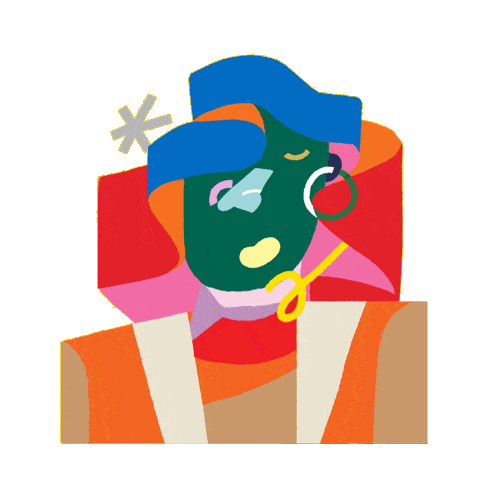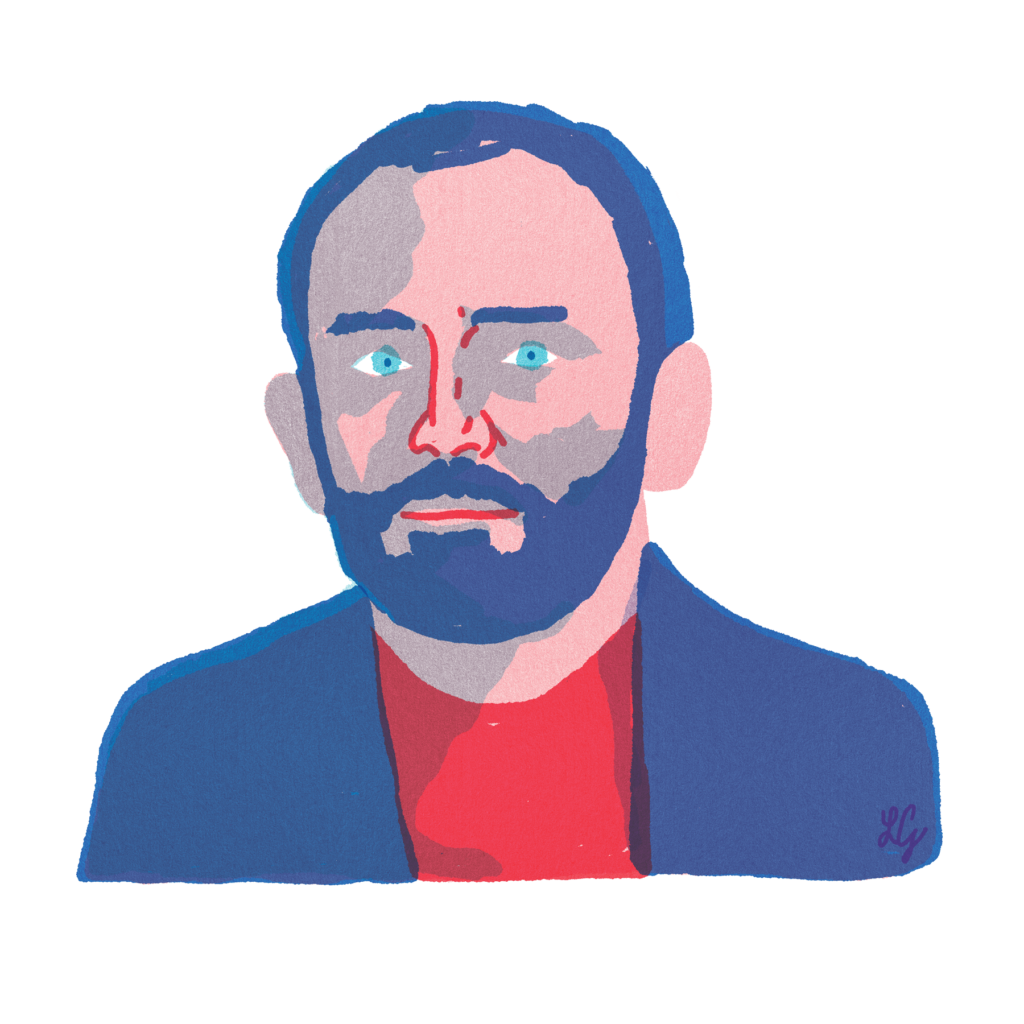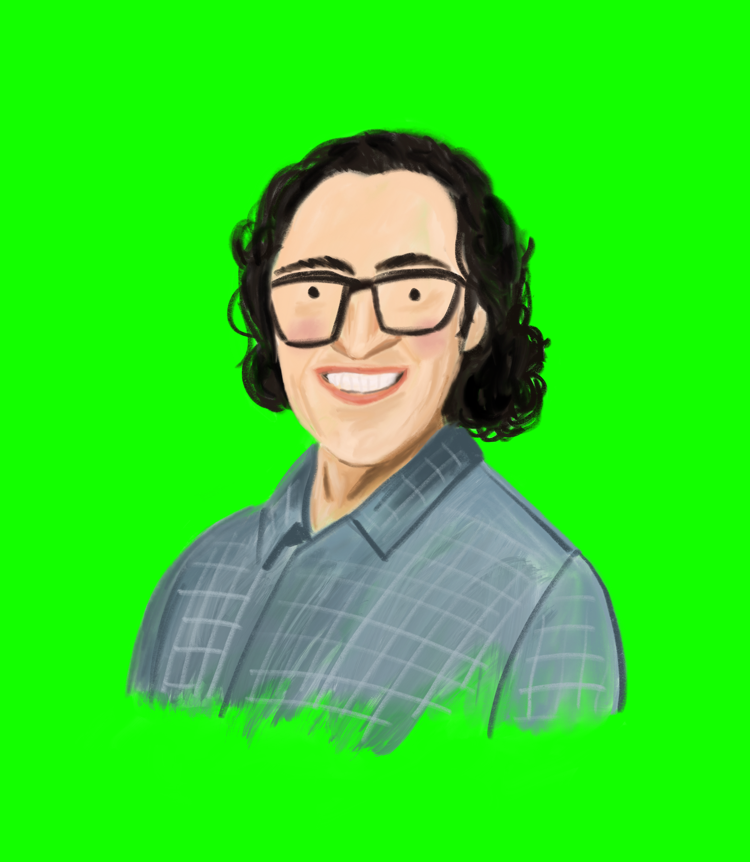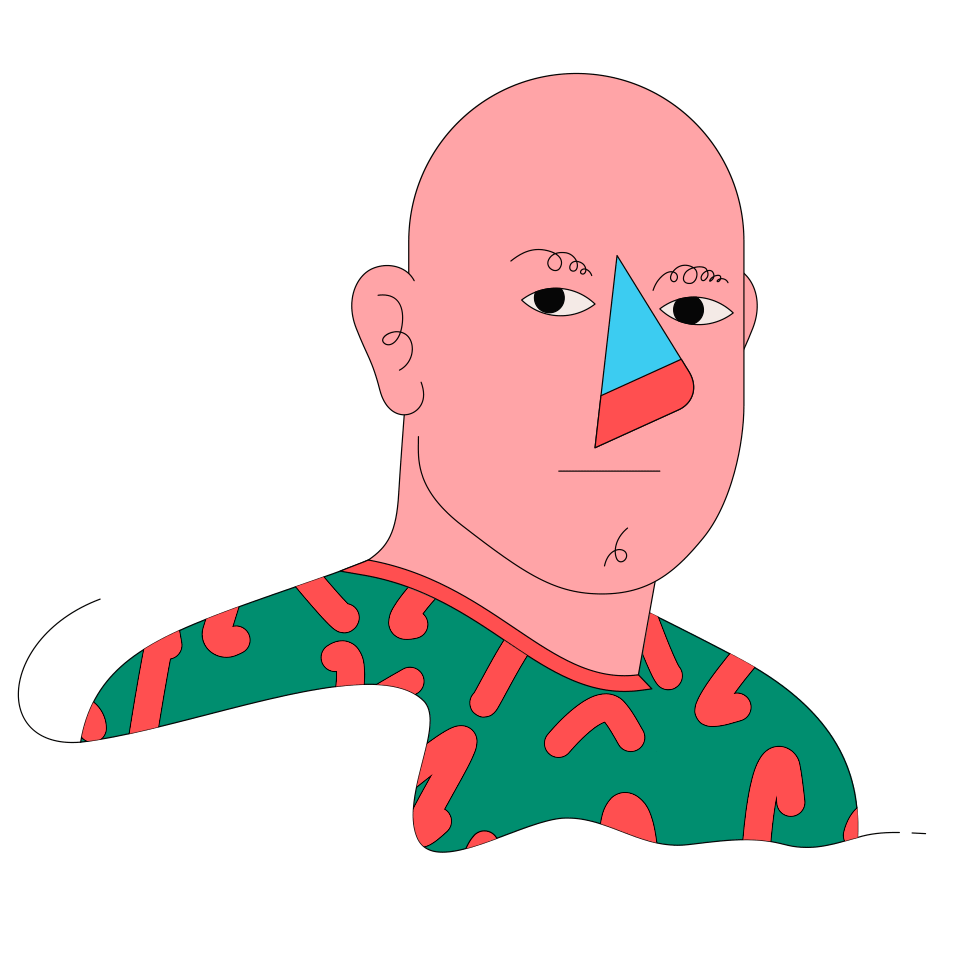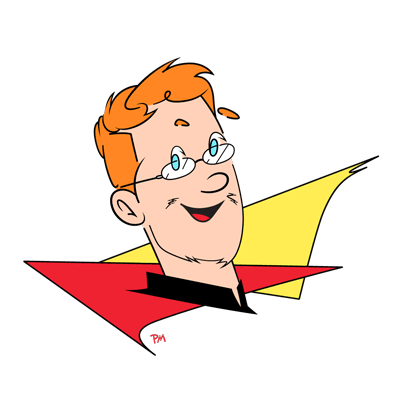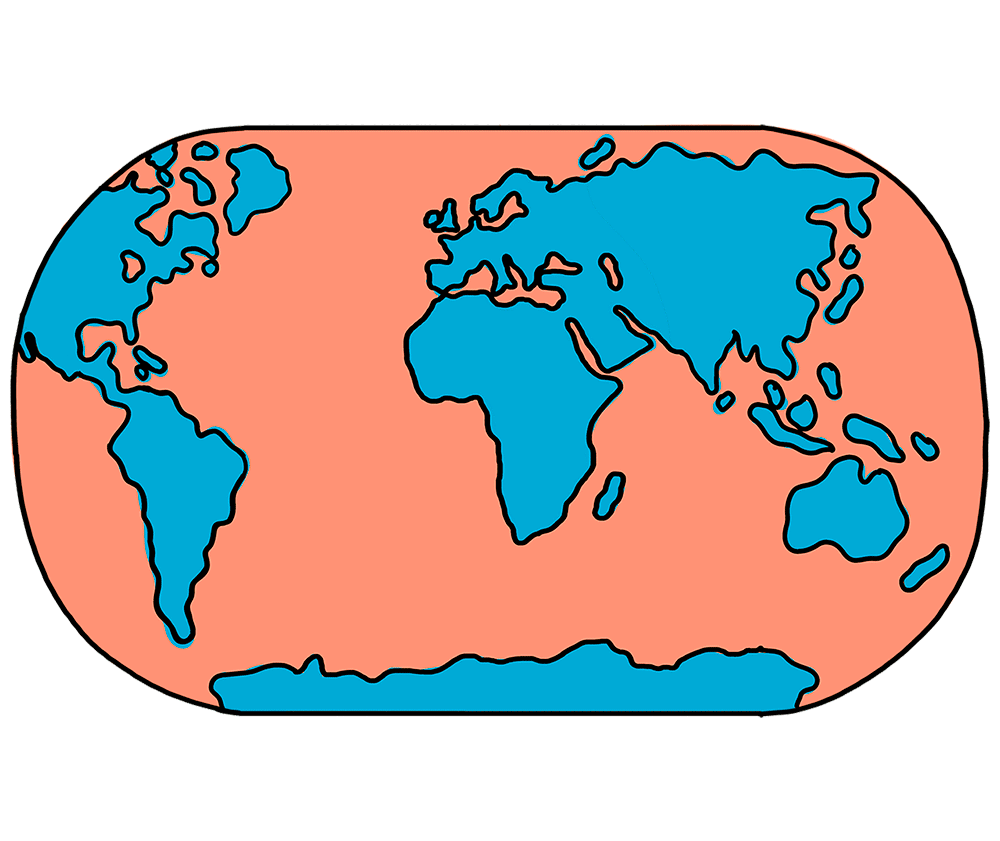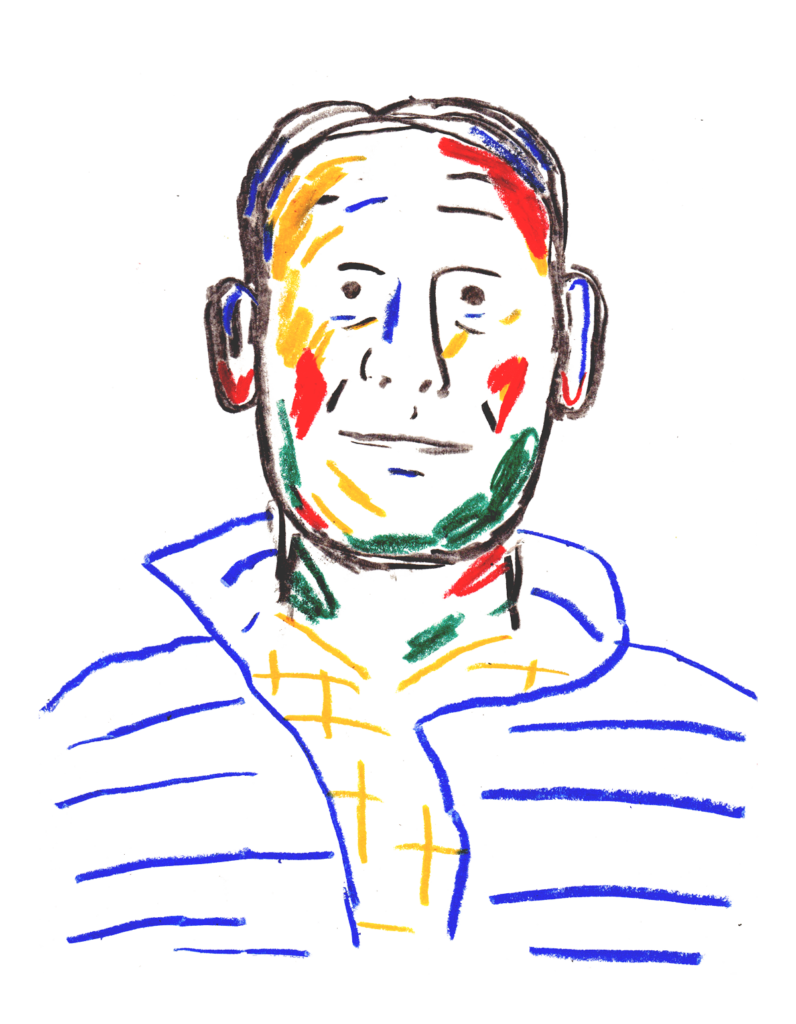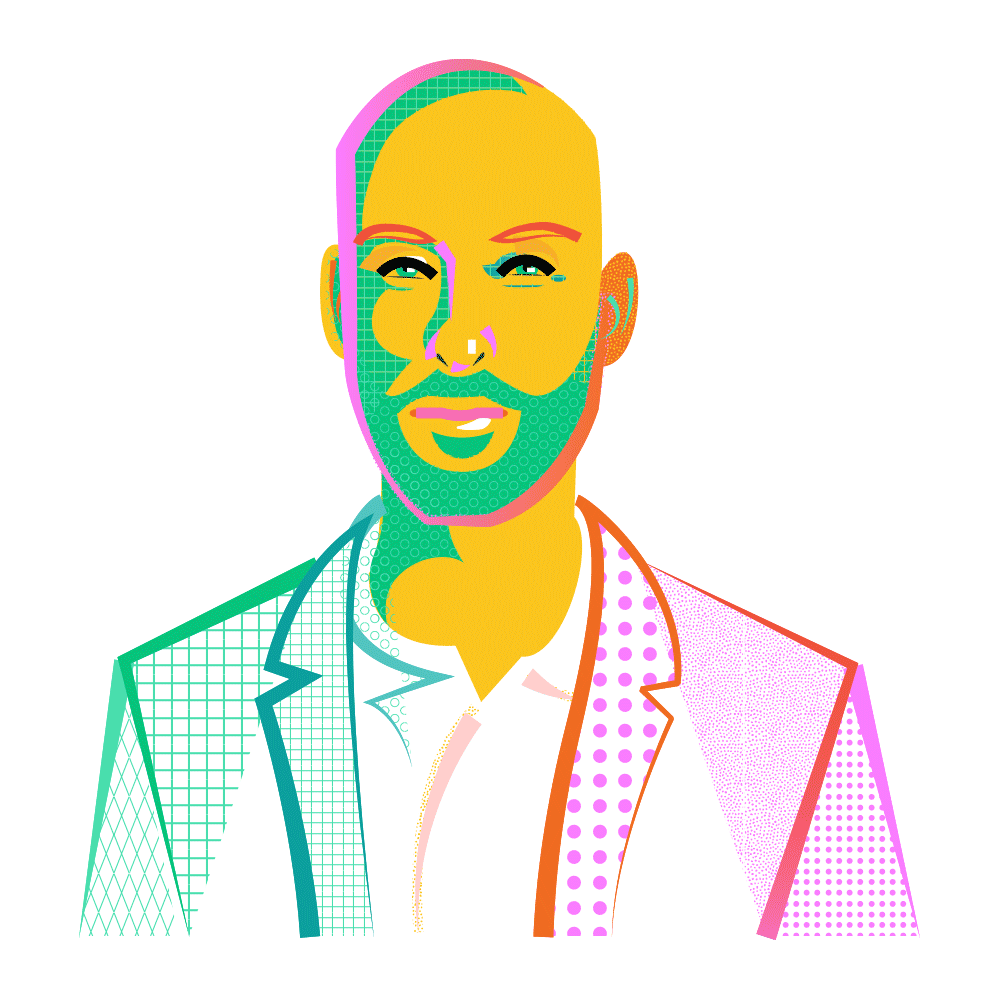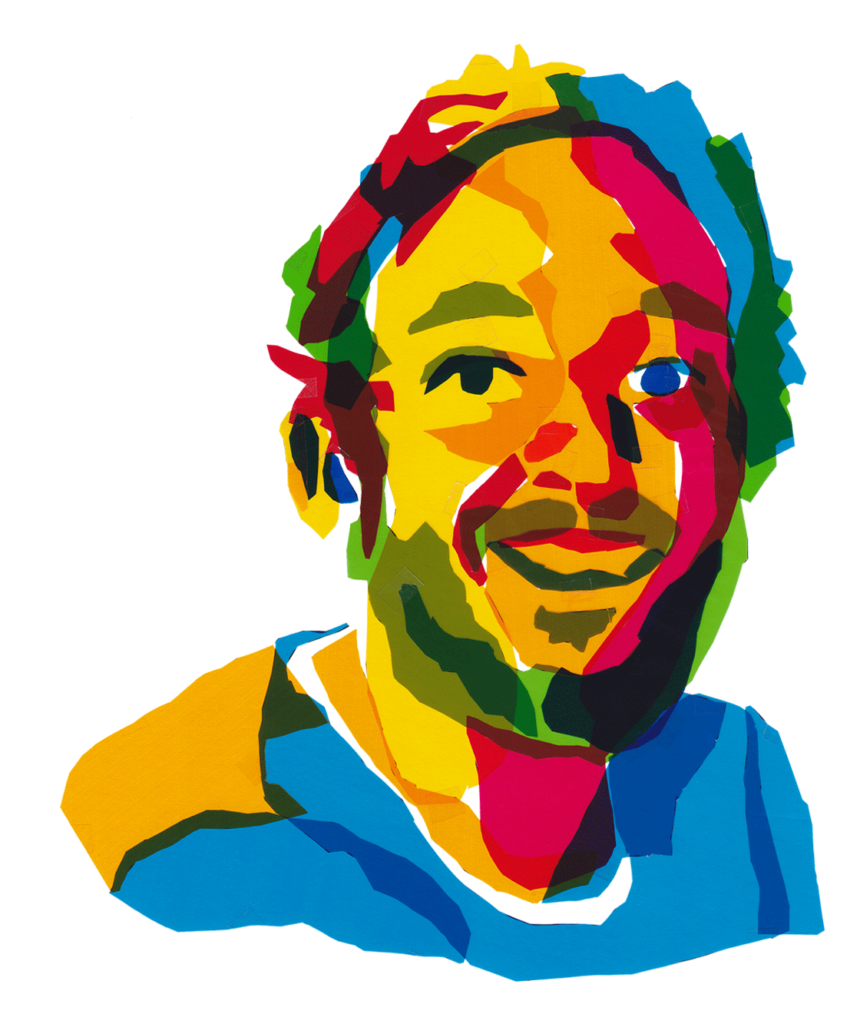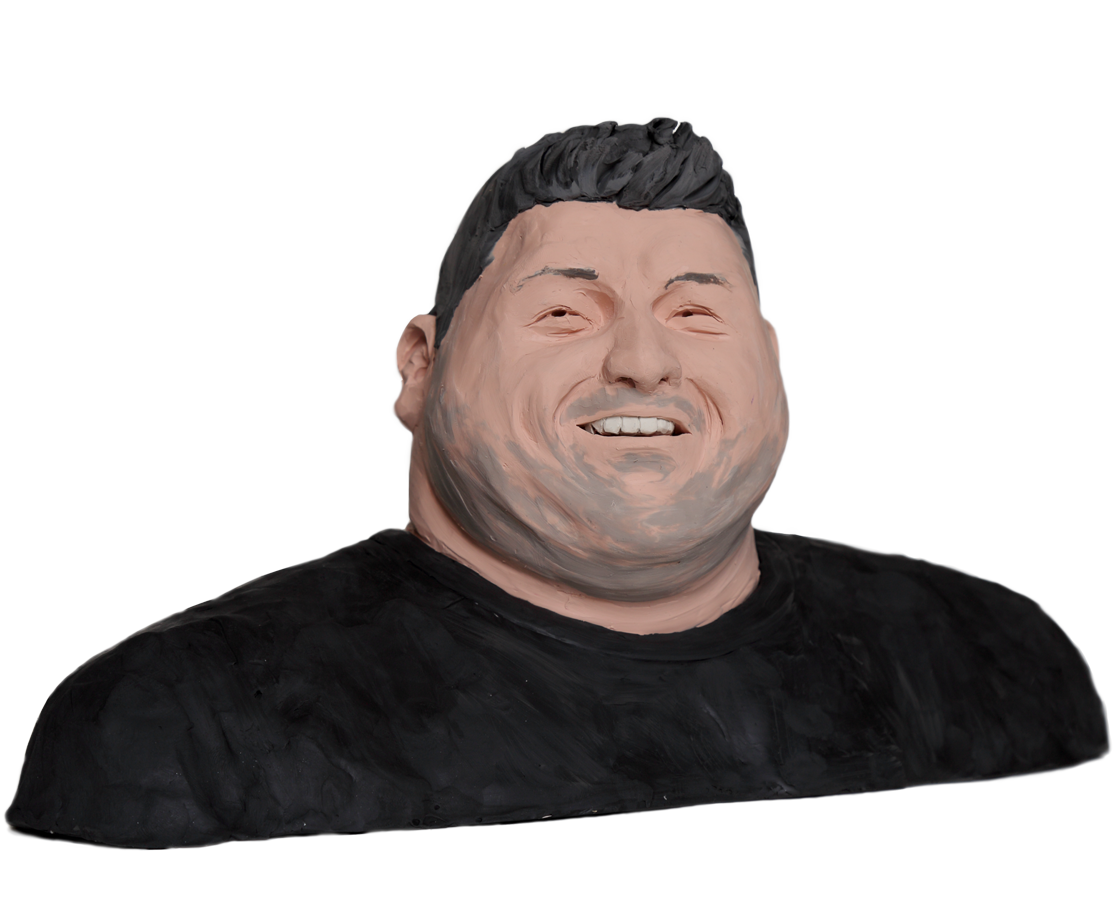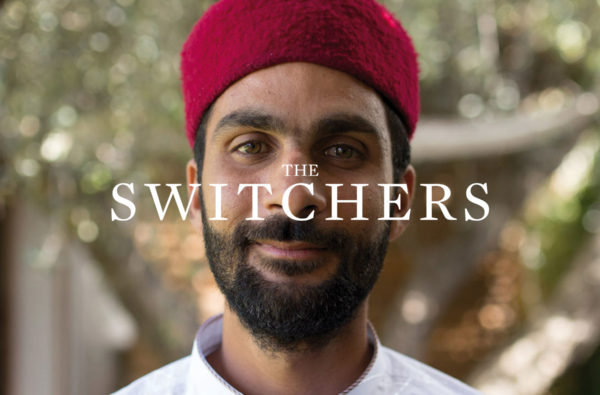In the world before social media, British design students Will and Alex created a blog, championing creativity and design work. Almost ten years later, It’s Nice That is one of the key influencers for creative people throughout the world: the blog has grown across many platforms and services, reaching over half a million readers every month. Co-founder and creative director Will Hudson still smiles when you remind him that his creature is now one of the most global sources of inspiration for creativity.
- Building (and maintaining) influence
- Championing transversal creativity
- Publishing in the digital revolution
- The world after social media
- Bringing new models of advertising
- The importance of being a trendsetter and a trendmaker
- Strategic vision in design
- The fragmented and exciting future of communication
- Framing a moment
The ability of creating influence is at the base of It’s Nice That’s huge success. It started as a blog, when there was not so many as today. The blog turned curator, turned publisher, turned key influencer and now has expanded to many diverse platforms, services, and goals. How have you been making It’s Nice That more influential each day? How do you maintain this influence?
Good question. Undoubtedly one of the key contributors to that is the consistency. Is just committing to something to say to your readers, “If you come to the site, every day there will be two new stories, three new stories.” And right from the start it was two or three articles a day. We staggered it so I think it was like one or two things in the morning and then one or two things at midday. And as a result, I think people gain a trust of going. That was just a very natural decision from the off that we decided to go with.
The other things are I think we try and write in a way that is accessible. We’re not trying to stick this stuff up here and go. Even though you don’t know about graphic design or illustration, you are going to understand it. So I think it’s written in a very honest way to say, “Look, here’s this, this is what they’re doing, this is what we like. This is it basically.” So I think the tone of it. Our readers feel as if they can get It’s Nice That. Again, it’s not this super-elite, it exists up here and you can only possibly look at it. It is something that I think people feel like they know and that they feel comfortable with and can submit stuff and get seen on it.
I feel that an important part of being an influence is leaving your ego behind and really finding a language to connect with people.
It’s not the Will and Alex (Bec, INT co-founder, e.d.) show, it’s about the team that work with us and the work in which we’re showing. We are only as good as the work that we show. We are, as a media company, we are so reliant on creatives doing great work. Without creatives doing amazing work, we have got nothing to put on that site and we’re lucky that there’s so much interesting work across a whole load of disciplines that we’re aware of, that we can write about, that we can kind of showcase.
I think that ego thing is quite important. We always remember that it’s very much about showcasing that work and giving those guys the opportunities that come from it. Some of the best emails I get every week are where people email through and go, “Hey, just want to say thanks. You featured me on Tuesday and I got commissioned on Thursday.” If we can do that, that’s amazing. I have a folder of them, I just keep those emails. They pick you up on days where you feel as if you’re hitting a brick wall, and you just get someone out the blue saying thanks. That’s amazing, that is absolutely great. Frustration comes when people’s end goal is only getting that bit of press-ness on It’s Nice That. That shouldn’t be the end goal, that press should allow you to go and then do more of the stuff that you want to do.
Somehow I feel like people can consider It’s Nice That as a trusted pal: I don’t know what he is going to say to me, but I know the way he is going to tell me. It is truthful and insightful most of the time. In your homepage I can find work from a bachelor French student together with the latest identity from the world’s most famous design agencies. How do you do that, in terms of criteria? Do you define any guidelines of what should be featured or not?
It’s a really interesting one. There’s no criteria or kind of things it has to hit. I think we’re lucky in that we have an editorial team of about six or seven people and the creatives feed in heavily to the conversations. And more often than not, again it kind of goes back to conversation. They just get what it is we’re trying to show. We look at the idea or the originality or the craft of it or what someone is trying to do. We want to champion creativity, we want to champion great work. I think stuff naturally finds its feet.
I think we’re in an interesting time within digital publishing, within conversations around audience growth and all that stuff. I still think there’s an integrity that we have to maintain. The content that we post should not be dictated only by analytics . Of course we know that some kind of work always resonates really well with the readers and we know that this is going to get X amount of page views, but there’s still that argument that if there’s a young illustrator doing something , it’s increasingly become our responsibility to champion that person and that work . And even if 500 people look at that article, I still believe we need to maintain writing those articles and giving those people a chance. Because otherwise I think the site would look very different. You just end up with this kind of homogenised, very familiar content, you know what you’re going to see. I think part of the reason why we’re independent is we need to have the confidence to showcase the things that we think need holding up and saying, “Check this out.”
I think it is a crucial point: this whole digital revolution has allowed content without a clear commercial potential not to be lost. That is something which in print was more complicated: when you produce a book, you would usually want to know how many people are going to buy it and this can lead to taking less risks. How do you think the digital revolution has repositioned print? What is the meaning of a printed publication in the digital era?
The role of print now is a number of things. There is still a desire within the industry and people that want to sit down and read a magazine as opposed to be staring at a screen with the distractions that come from that. I think print holds a very interesting archival purpose. People keep books and magazines and stick them on a shelf and can reference the things that they want to go and find. Currently, and we kind of know this through digging through the analytics, that behaviour doesn’t exist for online publishing.
People do not wake up and go to It’s Nice That and go, “Right, let’s go and look at what they were posting in March 2015.” That’s not something that people do. You don’t reference content in the same way. Print for us is still– the bottom line, it’s still a profitable venture for us. It still brings in money through sales, both direct sales and through distribution as well as advertising. And I think that’s where, for us, it’s an easier conversation to have because it’s still a viable business opportunity and we’ve got a readership there that want it.
I think the broader print landscape is interesting. There are a lot of people trying to do magazines. We used to joke with our printer because he said the thing that he prints most is Issue 1 of a magazine. Then you suddenly just see them drop. Everyone has an idea or something. Everyone’s got a magazine in them. the challenge of doing magazines is issue two, three, four, five.
For a project born on digital media, what has been the relationship between online and offline publishing?
We once got to this very strange position. We had the website with over hundreds of thousands monthly visits and we had zero commissioning budget: for all the stories we’d rely on other people to have assets and we’d build the stories around. On the other side we were printing 5’000 copies magazine with a commissioning budget of a few thousand pounds for photography, illustration, and writing. Then you look at it and go, “Hang on. We spend nothing on this thing that reach 350,000 people and then we are spending thousands of pounds on this one down here that we give to 5,000 people”
Now that commission budget is thrown into online. As a result, for the features that we run we are working with great photographers and great illustrators, allowing us a little bit more freedom to have our own kind of stamp on stuff and improve that content. And then we’re just doing an edit every six months of the content that we’ve posted in print. It is also about having one editorial team. At the beginning the guys whose main focus was editing the mag wasn’t really contributing to online. Now we’ve just pulled it all together and we know that the focus is online. Online is where the big audience is. From that, there’s these offshoots of where things live.
We felt online should really be our priority. That’s where we can reach the most people, it’s where we can tell the stories. Those other things that come off it just need to complement it. And still the last magazine was an amazing success. It sold out in the first five or six days online, so it kind of proves that there is that hunger for it. But that for us is where print fits into our business.
You started out with ad banners and then moved to native advertising. What’s your position regarding how advertising is perceived and how can a brand use advertising to communicate?
I don’t know who clicks banner ads. Honestly, I can’t remember the last banner ad I clicked on. I think the fascinating thing is that there was a point that they drove great revenue and then they started getting less and less. Now it changed completely. With the partnerships that we do, we work with one brand and we develop content around it. As long as the reader knows where it’s come from and the position of it, our responsibility is to choose those brands, to identify what the reader might want and then go and create some great content around that. Again, that is not revolutionising that publishing model. That is something that has been around for a long, long time: it’s just making it more relevant for online.
INT Works is the agency soul of It’s Nice That: how does this great roleplay between a trendsetter and trendmaker give you an added value that not so many studios can have? How is this broadening your way of working and connection with the creative world, to make you say that ‘anything is possible’?
They’ve always went on, side by side since the beginning. The big difference between those two companies is that It’s Nice That it has a creative team and they’re doing everything that goes with It’s Nice That’s name on it, while INT Works is our agency for commercial work and it is all the stuff that doesn’t go with It’s Nice That’s label. We work a lot with Nike, we do stuff with Google, with Uniqlo. They are two separate teams and businesses that have always worked side by side. Through the agency, just growing very organically, we’ve had those teething problems of when we need to look at, the type of work we do, the process in which we do that work, the people that make up that team.
What is currently going on at INT Works?
We’re at a really exciting place now. In September-time, we’re gonna launch the new name of the agency and we’re gonna put a whole lot of stuff up online. We’re gonna tell a lot more of that story. I’m really excited about it because we’re gonna be able to really talk about who we are. The process is really refined, that we know how we go about doing the work. All of that just comes through kind of a maturing and actually working stuff out. There was a time that we just said, “Yes,” to everything because we had to pay bills. We were excited about everything. Like we ended up doing kind of short video content and it’s like we’d never done anything like that before. We’d never had a prop-making team. We’d never scripted anything. We’d never cast actors for anything. But there was that kind of youthful exuberance of just going. We asked for advice in the right places. But we’re now almost at ten years on from graduating. I think we’re just better prepared for that stuff. We know how to go about doing stuff. We’ve got it’s funny to think the way in which we work now compared to eight years ago. It’s so much more robust and considered.
How many people are working at INT Works and It’s Nice That?
It’s roughly 15 people in each business. Then there’s like two or three shared studio roles, we have a HR and a Studio Manager who work across both business.
In an era where information is becoming more transmedia and visual every day, it is crucial to pair good design and creative work with a clear strategy to make a message reach the audience. Do your clients usually share the same vision as yours regarding the value of strategy in design?
I think it’s proven the value of it. I think part of it comes down to the scale of client that we’re working with. So sometimes a client almost kind of expects it and it’s much easier to sell into, And more often than not, it’s about, you know, showing case studies, communicating to the client how the insight allowed us to understand what the problem was and coming to a better answer. Sometimes it’s about not doing the project. And again, it’s like the wording of how do you refer to yourselves. Are you a communication agency? Are you a creative studio? Does it matter? In an ideal world a project comes through and the first stage of that project is about insight, it’s about looking at who the brand are, what they’re trying to do, what the competitors are. How it all kind of fits in.
If we’re going to invest our time and energy into that, we need to demonstrate and show what those insights are, and actually breaking that process down and delivering against each stage, so that the client almost has to sign off until we can start working on the next ledge. But it’s tough. And I’d still say we’re learning.
If traditional media were a huge and elegant mirror, it has now fallen into pieces: in the actual communication scenario we are surrounded by small and diverse reflecting surfaces that cast diverse lights, with different takes, onto the same point: the user. The short videos on Instagram, the ephemeral content of the Snapchat culture, the Twitter micro-narrative. As a publisher, what is your vision of this completely new scenario?
Really interesting point. I think the responsibility of us as publishers is we have to remain open to that stuff. When we launched It’s Nice That as an online thing built for online, we got a few steps ahead of some great publishers who would do monthly print magazines who had to react to do online. There’s no reason why we can’t become more irrelevant as some younger guys come through as passionate about showcase and credit work and go, “It’s all on Snapchat.” Or, “It’s all on Facebook live.” Or, “It’s all on Facebook instant articles.” I think that’s what we have to keep reminding yourself is we overtook some people that were doing it very well beforehand, there’s no reason why we can’t be overtaken. Relevance is one of those things that we talk about a lot. There’s a responsibility within everyone in that studio to keep constantly discovering and understanding new things. Trying to create that culture where people feel a bit of ownership and responsibility to make sure that we are relevant.
You know, I’m nine years older now than I was when I graduated. I’ve got two kids, my lifestyle changed. I’m not at loads of events in the evenings and meeting new people and again, part of our responsibility is to bring those people through the business that are putting stuff in front of us that we otherwise wouldn’t have seen. I think, that kind of the power of that younger generation coming through going, We have to embrace that and make the most of that. And question what we’re doing. Question how we’re doing it.
I do think that again one of the amazing things that technology on the whole has facilitated is 20-something year olds coming through launching amazing products. When you look at Facebook, Twitter, Blogger and Tumblr, they’re all launched by 20-something year olds. It’s no longer this thing that you have to work for 20 years until you get to have your moment as a 40, 50 year old. It is dangerous to just become so set in your ways and resistant to change and that’s when it probably all goes wrong. As publisher more than the agency we’ve got to be so open to change.
If you could frame the most important and crucial decision in the history of It’s Nice That what would that be?
I think it was a massive thing in empowering the team that you work with. If every decision was had to be signed off by me and Alex, we would get nowhere. It would become a horrible place to work. I think the success in It’s Nice That is that we’ve got to make sure that all 30 of those people feel empowered to make change, to suggest stuff, to proactively go off and meet people and work out how we might be able to work with them. They have that responsibility and they are grabbing it with both hands and running with it, that’s what I’m excited about. I really believe like the future of our business is on the collective ownership of that thing.

